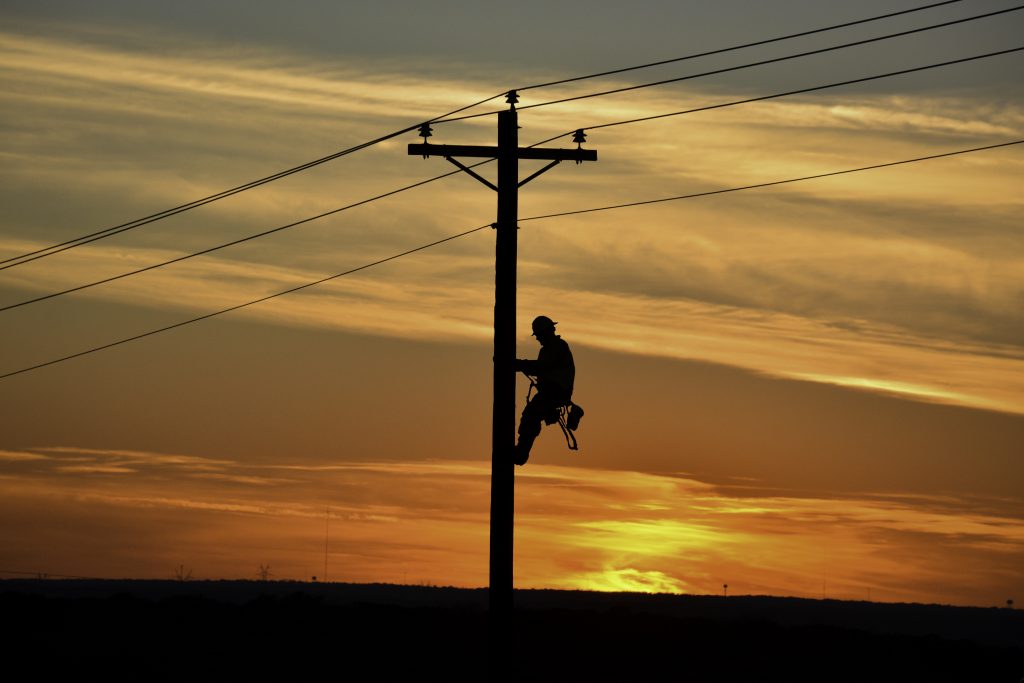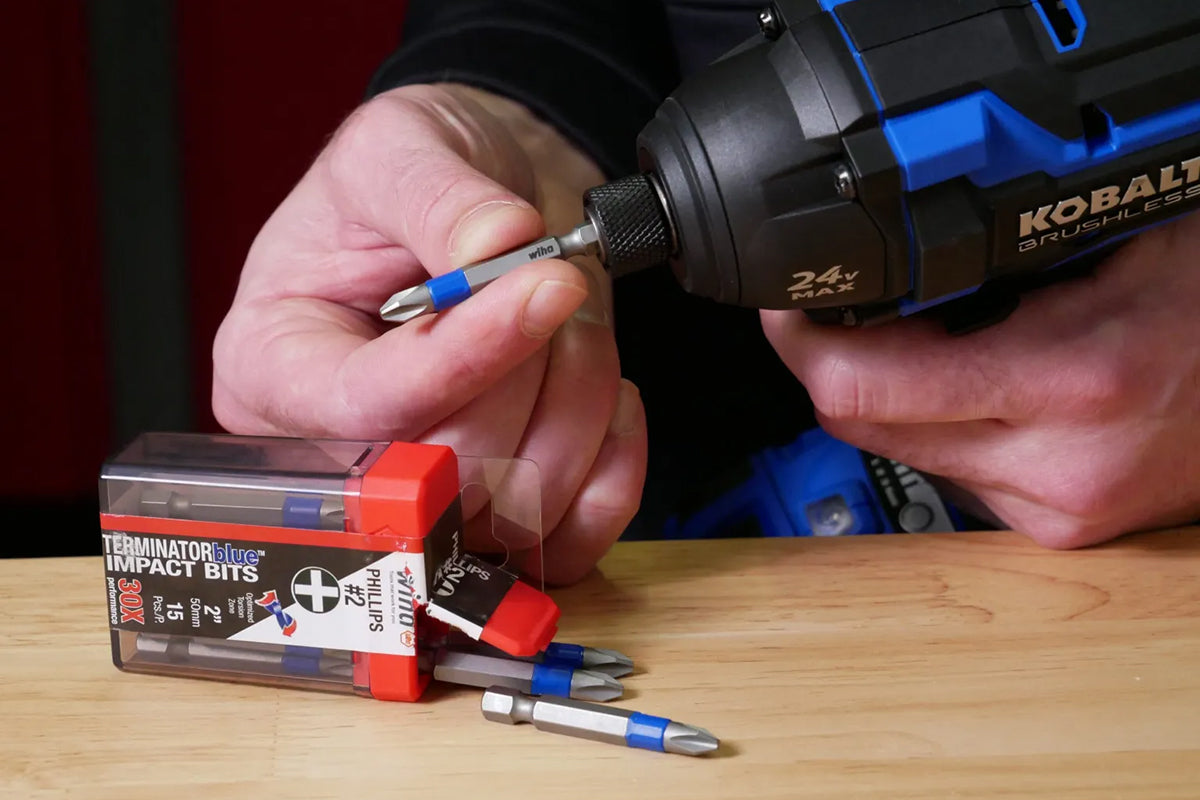Long before Benjamin Franklin flew a kite in the sky on a stormy night in 1752, the world was aware that electricity existed.
Many people knew about sea creatures that would shock anyone who attempted to take them out of their natural habitat. Other cultures learned about static electricity by rubbing materials together. There were even studies completed in relation to its connection to magnets.
As studies continued through the 19th century, it became clear that electricity no longer needed to be confined to the laboratories and could be generated at scale for multiple purposes in practical and affordable ways.
However, to achieve this monumental feat, skilled tradespeople would be needed to set up this infrastructure. These individuals would also need tools to get the job done. But like any new technology, it took some time to develop suitable instruments that could not only provide the world with the wonders of electricity but also protect individuals from injury or death.
The first tools used
Sadly, the history books are a little fuzzy about the first tools used to develop an electrical infrastructure. While experts knew that the existing metal tools could not be safely handled when working with live wires, workarounds were required.
The belief of some historians is that individuals wore rubber gloves and clothing to protect themselves while working. However, this was deemed a temporary solution until tools could be designed that didn’t require additional safety equipment to handle them.
The invention of insulated tools
The first patent for an insulated tool dates back to 1907. George E. Wood was already a renowned name in the industry and held several patents for removable tool coverings made of rubber. The item would be placed over the handle, socket, and shank.
The item was primarily used for screwdrivers. But the idea would help spawn new concepts for insulated tools that would come approximately a decade later.
The evolution of insulated tools
Over the years, inventors would make further alterations to protect tradespeople when working with electricity, such as the spring-action insulated screwdriver that would retract when it wasn’t being used.
One of these inventors was Victor A. Ryan. Instead of building upon insulated tools crafted before him, he would create something from scratch. His design included features to stop the electrical current from reaching the hands of whoever was holding it.
Earle F. Stockman would later build upon those before him by designing an insulated tool featuring a handle that included a recess inside it to further protect tradespeople from electrical accidents.
Insulated tools continue to evolve to this very day, much like the VDE Certified insulated electrician equipment that Wiha Tools USA provides today. Wiha has a long history of making reliable products specifically designed to meet the needs of professionals.

 points
points























































